AARP Hearing Center


Editor’s note: Originally published in 2018, this story has been updated as part of the coverage of Celia Cruz’s centennial celebration.
People talk about her multicolored wigs, her contagious smile and her catchphrase, “¡Azúcar!” (Sugar!), which made the whole world dance. But Celia Cruz, Cuba’s eternal guarachera, was also the creator of an extraordinary discography that to this day remains overshadowed by her own legend: more than 80 albums and songs and 23 gold records that earned her three Grammys and four Latin Grammys, among many other awards. A wide and lively catalog of tropical genres, accompanied by the best musicians and arrangers in Latin music, here’s the story behind the hits.
First musical influences
Úrsula Hilaria Celia Caridad Cruz Alfonso was born in the poorest section of the Santos Suárez neighborhood in Havana on Oct. 21, 1925. She shared a small house with 13 family members. She was shy as a girl and spent her adolescence learning to sing the hits of the time, such as the tangos of Carlos Gardel. She was fortunate enough to frequent the popular nightclubs of the era, attending concerts by Cachao, Arcaño y sus Maravillas and the singer who influenced her the most: Paulina Álvarez.


Thank you, Serafín
In 1947, Serafín, Cruz’s cousin, entered her into a contest in a radio show, La Hora del Té (Tea Time). She performed the tango “Nostalgia” and won first prize, a meringue cake. She kept participating in contests while studying to be a teacher to please her father, who was initially embarrassed that his daughter worked in show business. In 1951, she sang Afro-Cuban musical numbers in the theatrical production Sun Sun ba Baé, which was a popular success.

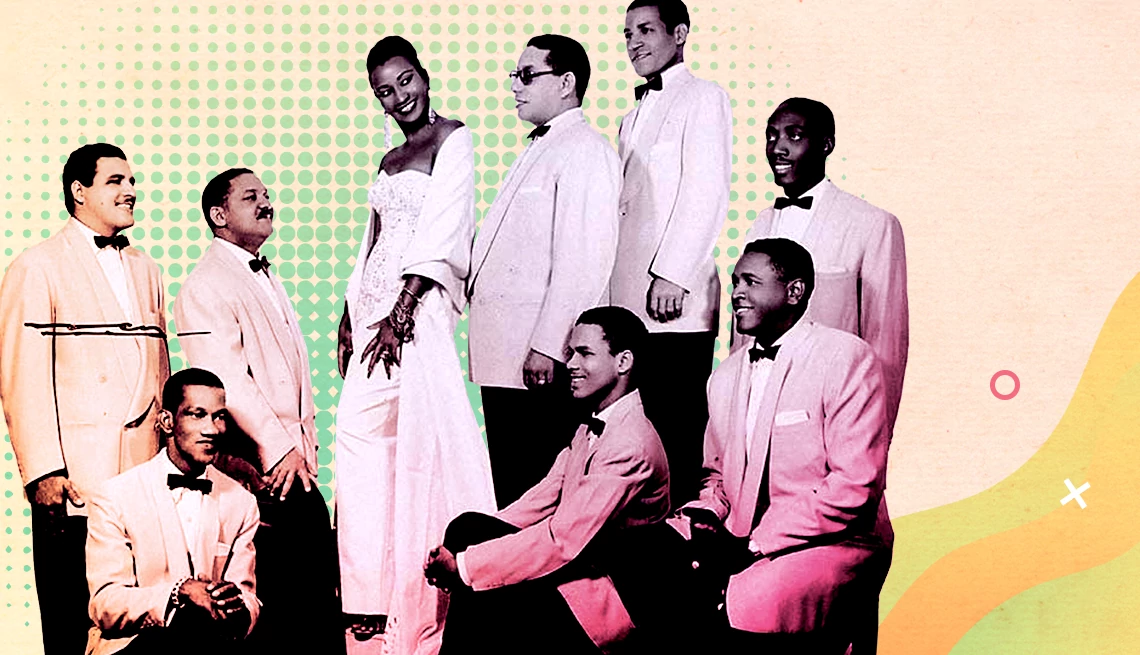
La Sonora Matancera
One night, Cruz dreamed she was singing at the Campoamor Theater with the famous Sonora Matancera. It would be a prophetic dream, as Cruz would become the lead singer of the orchestra — and by far the most famous — in August 1950. When she arrived to her first rehearsal at Radio Progreso studios, she was greeted by trumpet player Pedro Knight, her future husband. “Burundanga,” “El Yerbero Moderno,” “La Sopa en Botella” and “Melao de Caña” are some of her most notable hits from her time with the orchestra.



























































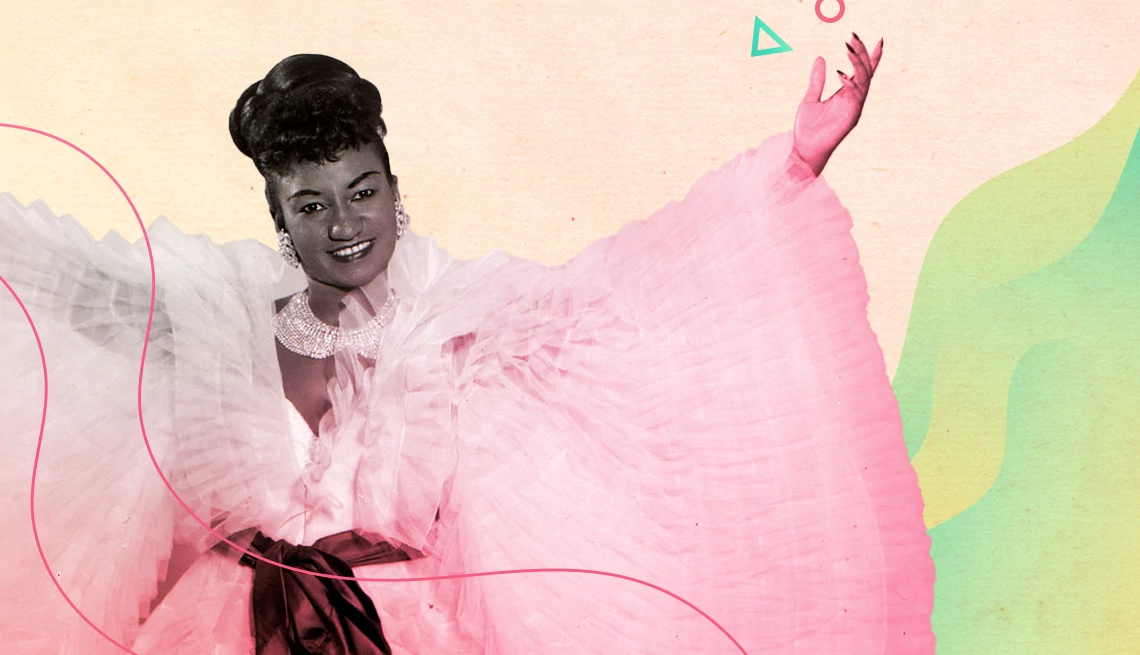



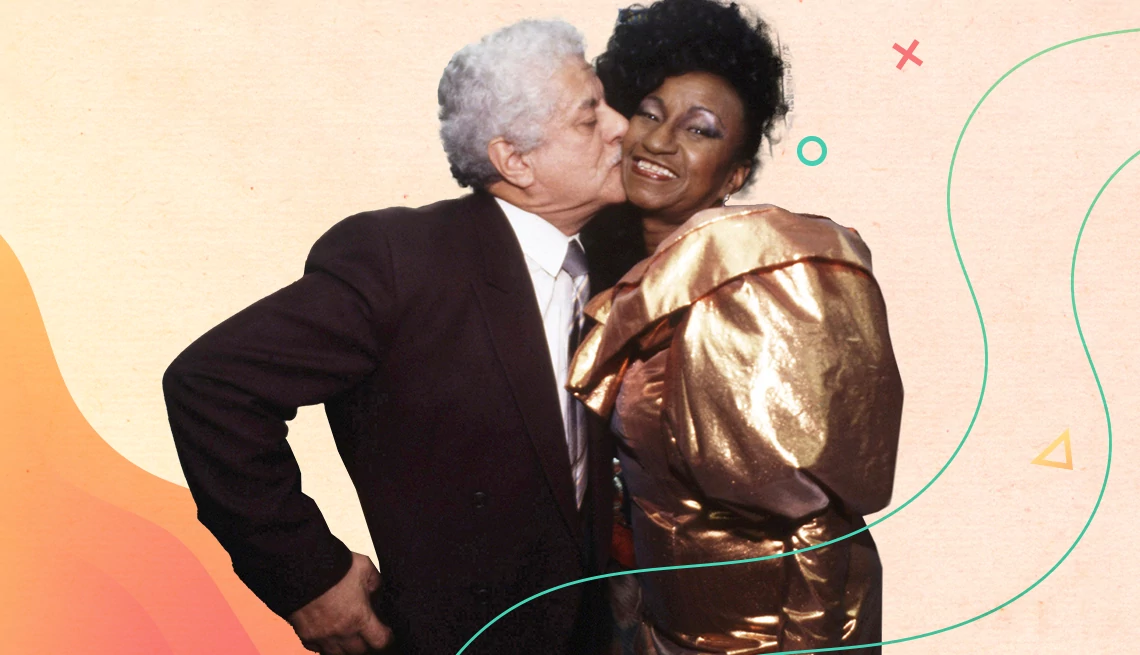
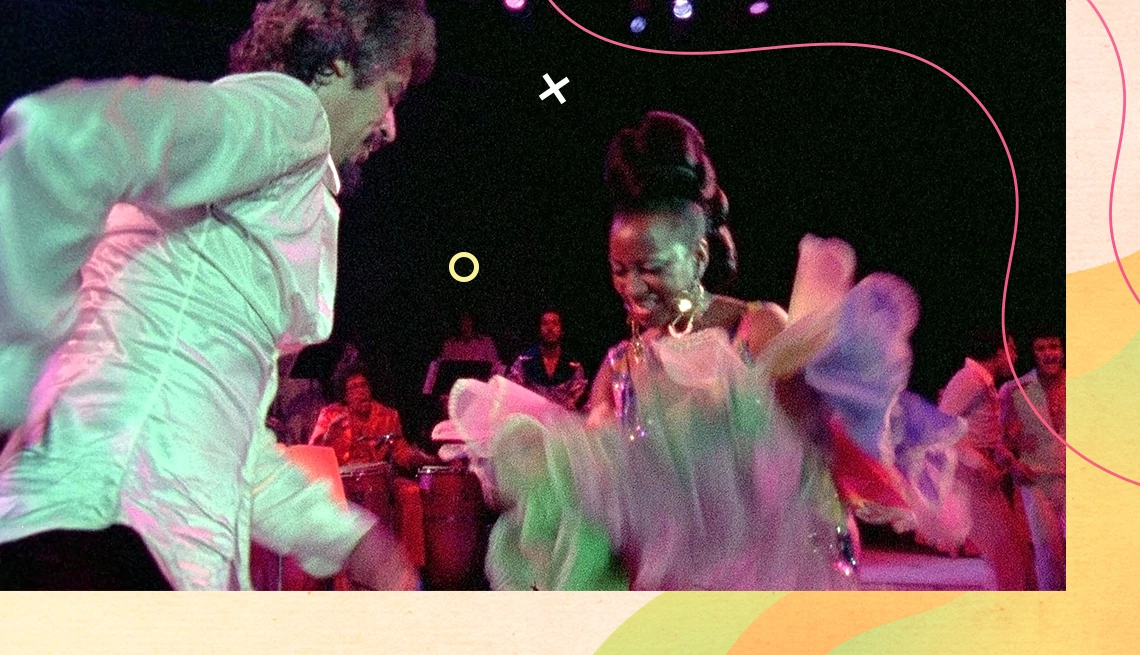



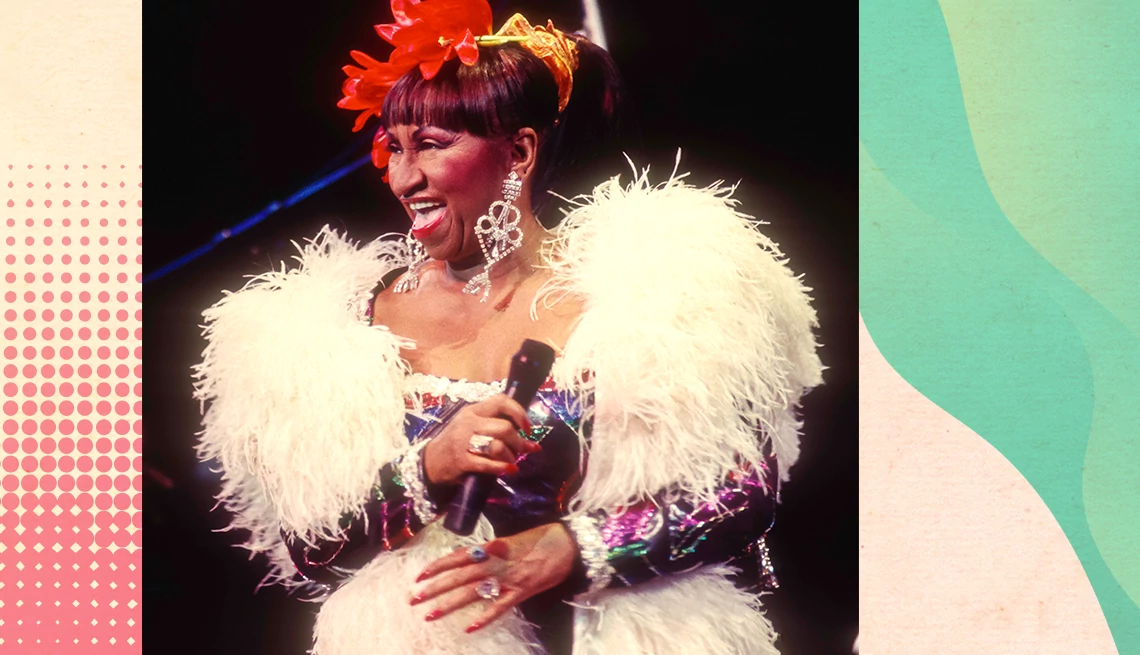
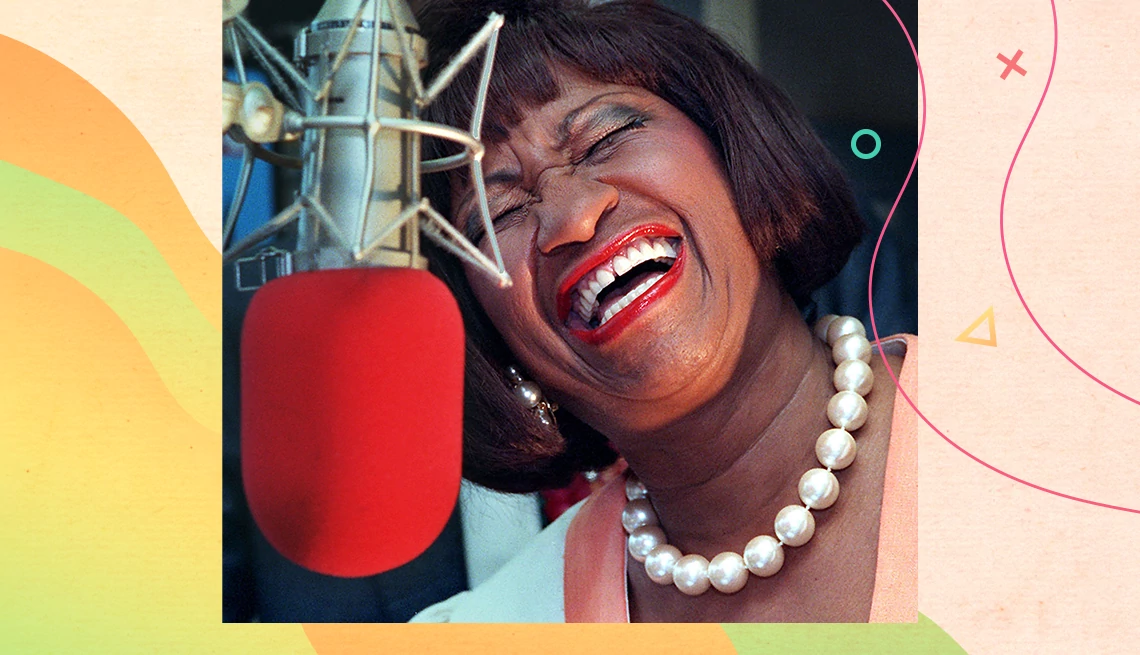
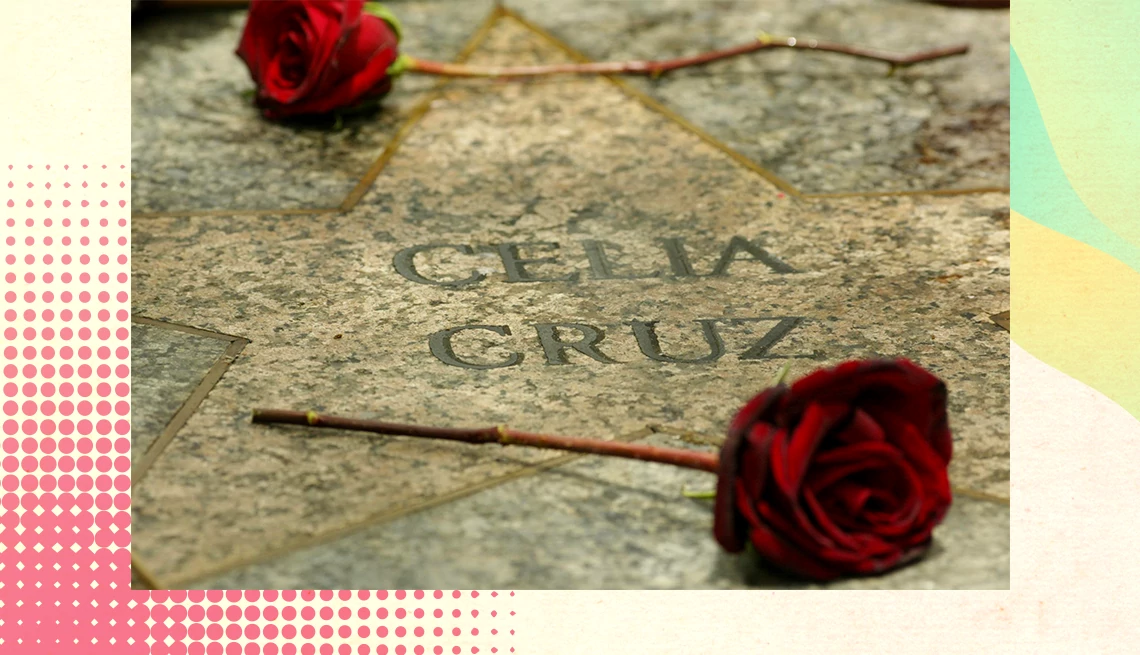



More From AARP
Remembering Celia Cruz, the ‘Queen of Salsa’
A voice that shaped the history of Latin tropical musicSheila E. Pays Homage to Her Latin Music Influences
Legendary percussionist and singer talks new salsa album, ‘Bailar,’ missing Prince and marching to her own drum
5 Women Honored by U.S. Mint
Celia Cruz is the first Afro-Latina to appear on U.S. currency
Recommended for You